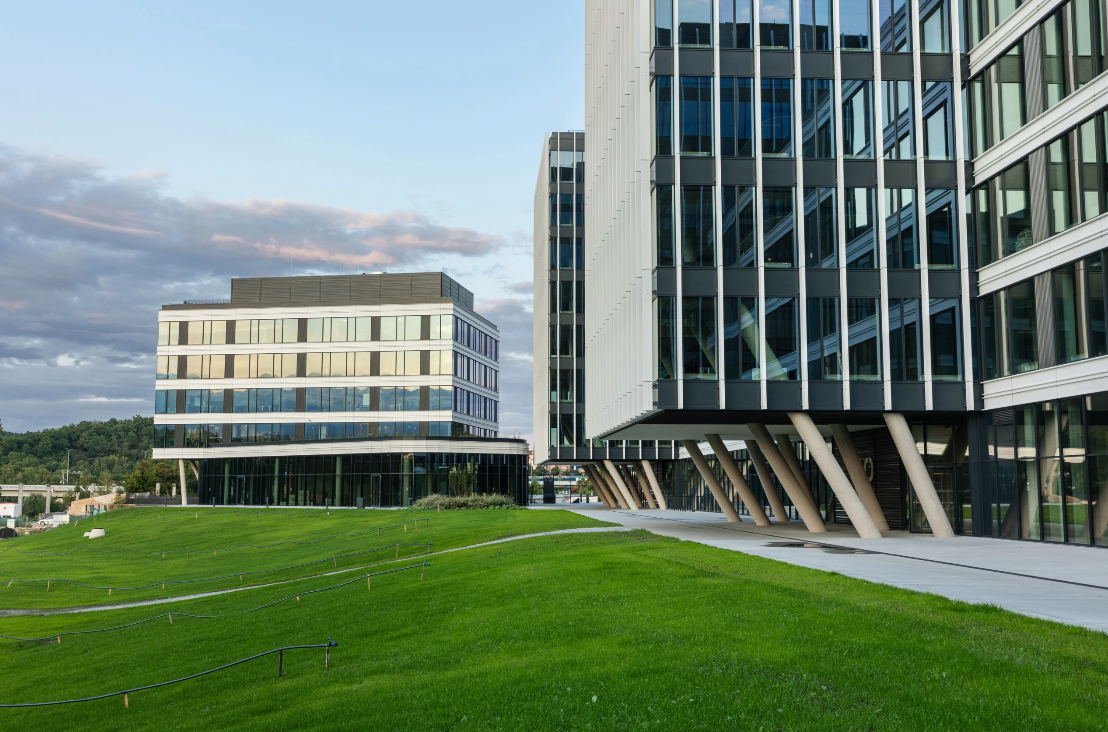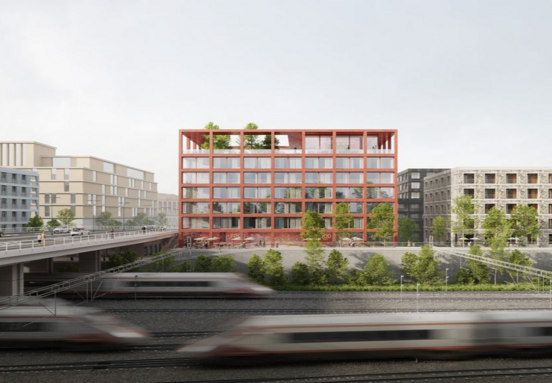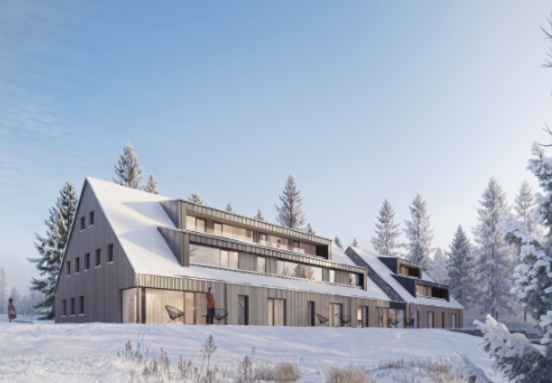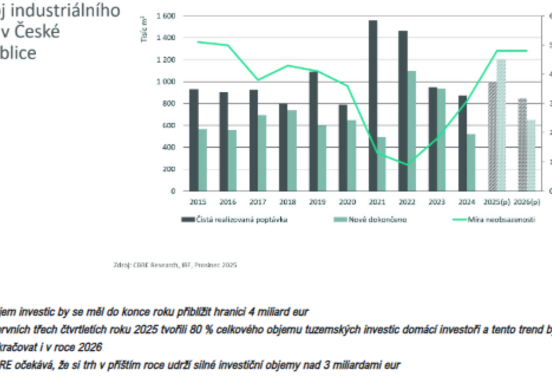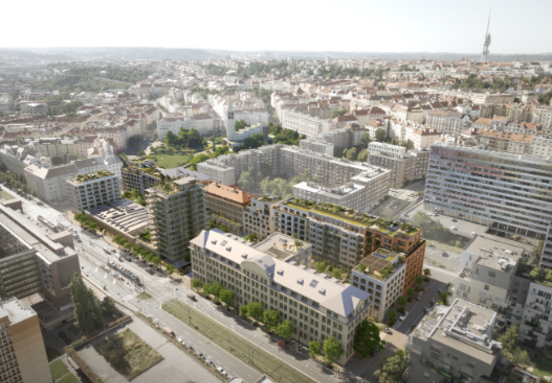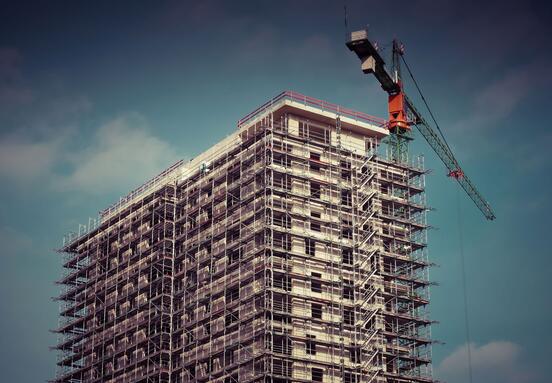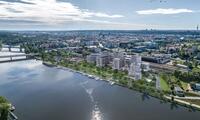The prestigious LEED (Leadership in Energy and Environmental Design) environmental certification is one of the most widely used building sustainability assessment systems in the world. It evaluates the efficiency of operation and the impact of buildings on the environment. Skanska's latest project Port7 scored 84 points for building A and 85 points for building D and building E.
The Port7 project was assessed by the strict LEED v4/4.1 certification criteria, which are even more demanding than previous standards. The commitment to environmental responsibility is evident in the careful approach taken during the certification process. In addition, Port7 approached sustainability in a comprehensive way, simultaneously seeking to obtain multiple certifications for multiple objects at the same time. First, the entire Port7 site went through the process, while elements shared by all three buildings were evaluated. Subsequently, each of the buildings underwent its own certification.
"Sustainability is part of Skanska's DNA, and another success in the form of a LEED Platinum rating confirms that we are successfully fulfilling our long-term commitment to ESG philosophy. This success, especially within the demanding version of the LEED v4/4.1 certification, proves our know-how and ability to create projects that are attractive to tenants and visitors," said Eva Nykodymová, Health, Safety and Sustainability Manager of Skanska's Commercial Development Unit for Central and Eastern Europe.
She added that the company has implemented a number of measures aimed at reducing the building's impact on the environment both during design and construction, as well as during its operation.
Lower operating costs
Port7 shows guarantees of origin of electricity from renewable sources for 100% of its consumption. With the installed technologies, it significantly reduces the building's energy demand and supports gentle water management. Thanks to highly efficient technical measures, it achieves energy savings of up to more than 40% compared to the reference building of LEED certification. This not only reduces the environmental footprint, but also provides tenants with economic benefits in the form of lower operating costs. For example, the use of energy-saving fixtures or the collection of rainwater and its subsequent use for irrigation will save up to 43% of water compared to standard buildings (LEED reference).
Port7 also features a high performance designed facade and an efficient and flexible HVAC (Heating, Ventilation and Air Conditioning) system. More than 90% of all regularly used spaces are illuminated by natural daylight, which is supplemented by LED lights and lighting control in common areas. Blower-door tests performed in all three buildings demonstrated excellent facade quality and the measured parameters are close to passive house values. In addition, the project maximizes the support of biodiversity, replacing the brownfield with an extensive revitalized park along the river and a future community garden.
"The technologies are designed to meet not only the requirements based on Czech technical standards, but also the even stricter conditions of Skanska for savings within the framework of LEED certification and for ensuring the quality of the indoor environment within the framework of the WELL certification and the WELL Health-Safety Rating, through the certification process of which the building it will pass," says Nykodymová.
Port7 has received LEED Platinum certification. Photo: Skanska
Building operations are controlled by a data-driven BMS (Building Management System), which leads to increased energy efficiency, reduced operating costs, and increased comfort and productivity of building users. Through it, individual technologies can be managed effectively. The lighting is adjusted according to the time of day, and the ventilation system ensures the supply of fresh air based on the measurement of the CO2 concentration in the room. Efficient heating allows for an adjustable building occupancy schedule.
In cooperation with Praha 7, Skanska also reconstructed the embankment, where the company created a new park with an area of 17,000 square meters. This also created a completely new connection between U Vody and Stromovka parks. The project thus serves not only tenants, but the entire district.
"Our goal was also to integrate the building into the surroundings, that is to consistently take the social aspect into account, so that the project creates harmony with the surrounding environment," concludes Nykodymová.
The success of LEED Platinum certification would not have been possible without the strong involvement of both Skanska's commercial development and civil engineering teams. At the heart of the entire project was cooperation, mutual understanding and the will to go one step further. Other experts also collaborated on the project, especially in the field of energy modeling and commissioning, who also contributed to this beautiful success.
The overall architectural concept of Port7 was prepared by the respected studio DAM.architekti.
